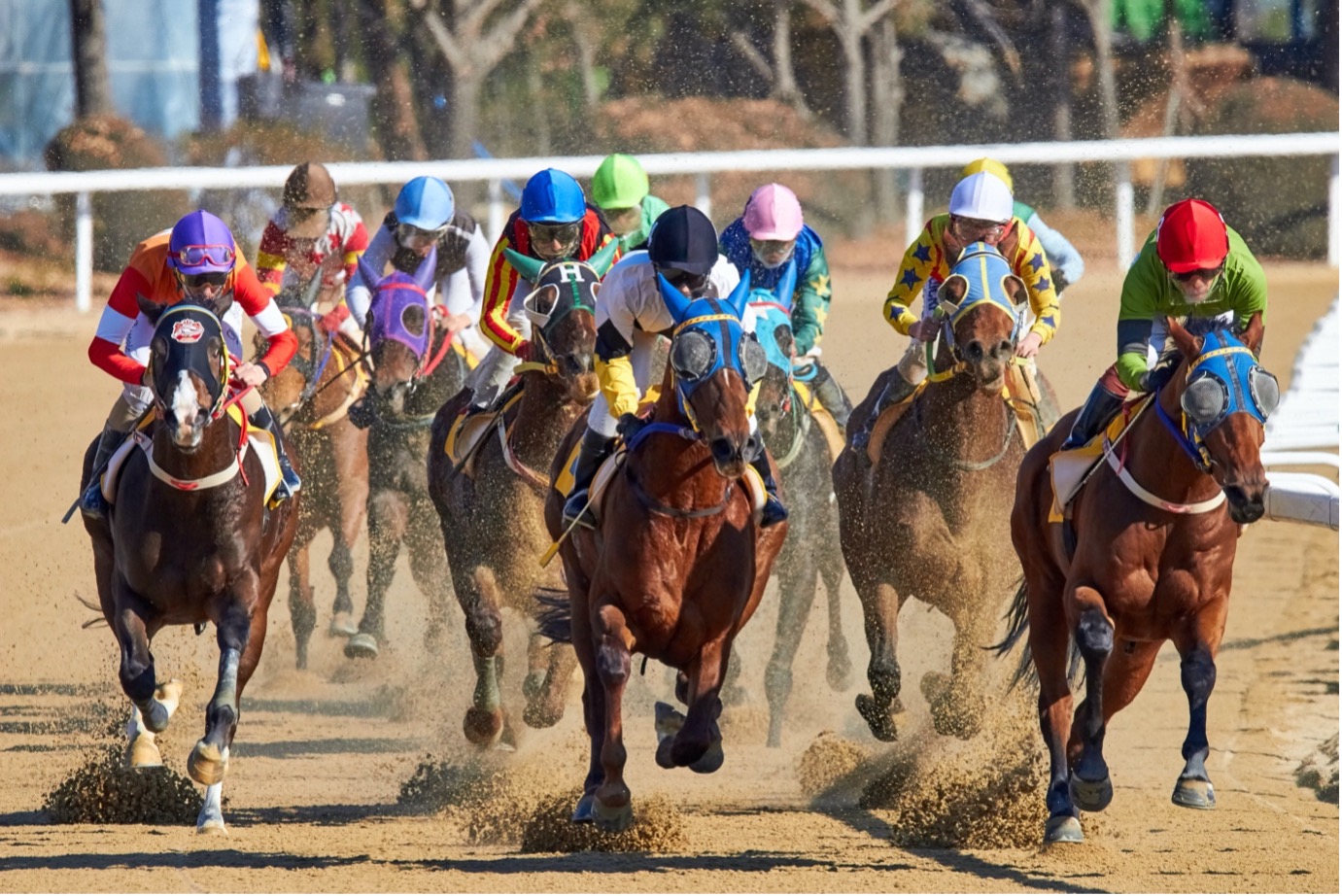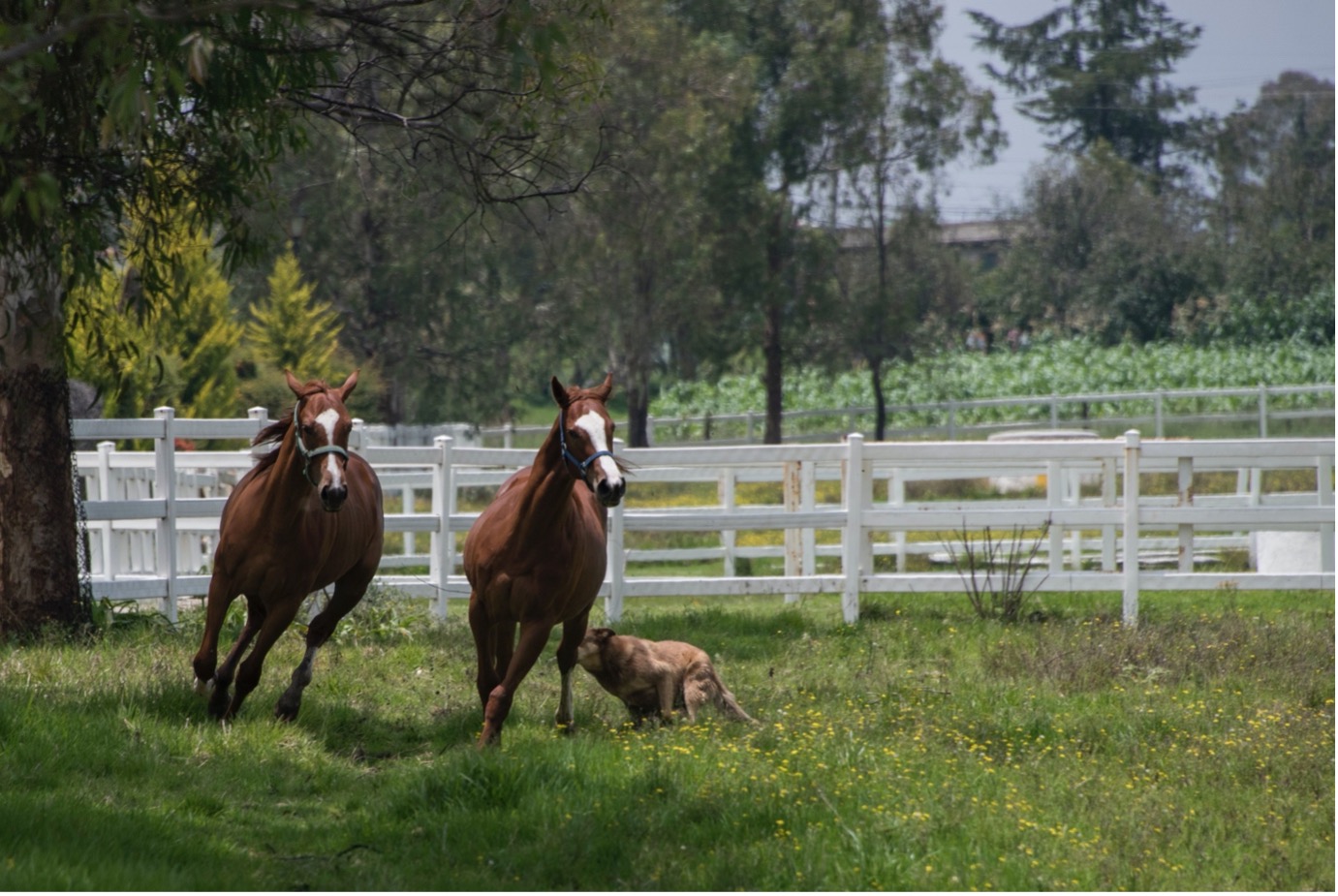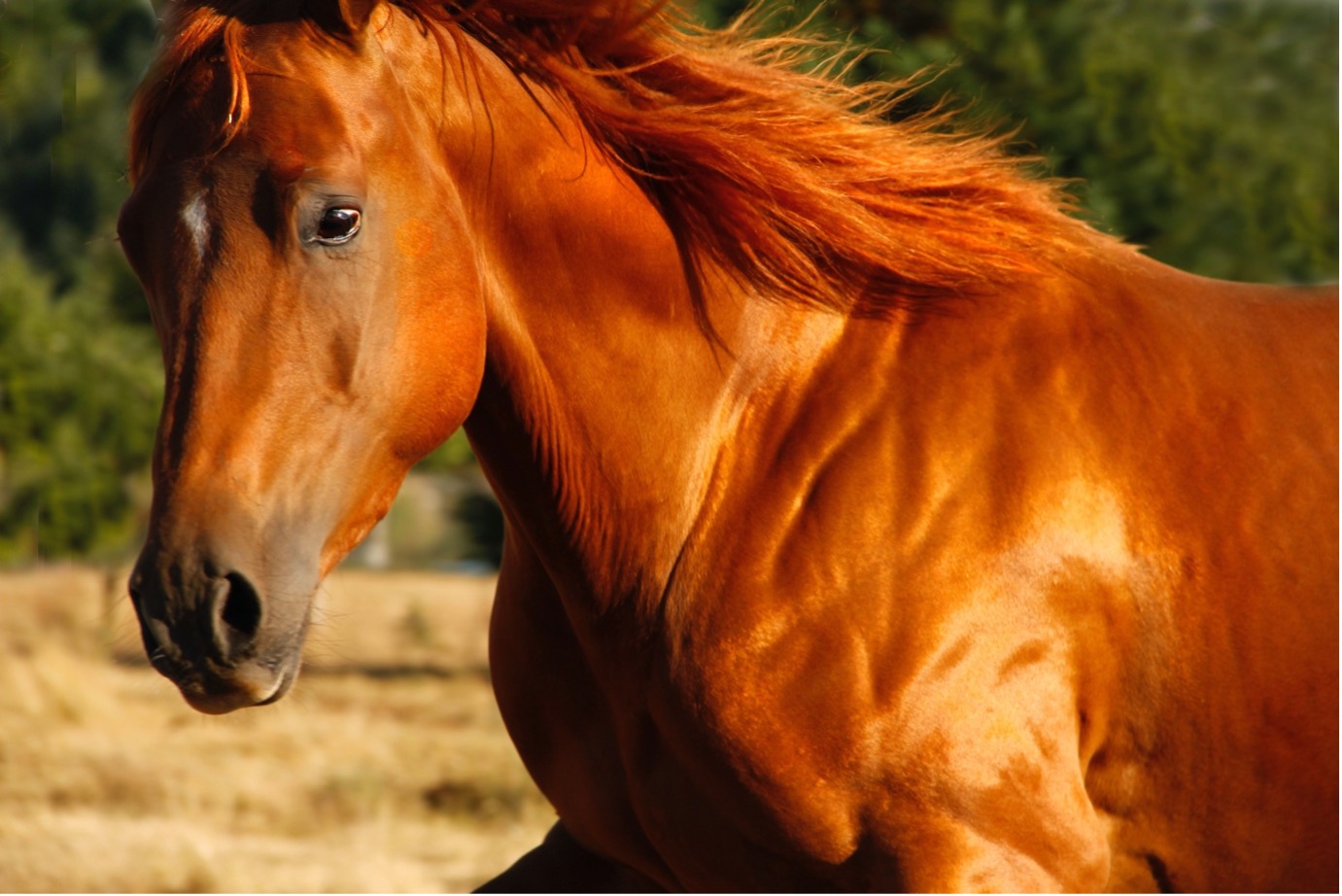 |
RacingBetter News |
| Friday 19th November 2021 | |
Everything You Should Know About the Types of Fraud in Horse Racing
Horse racing can be an incredibly lucrative sport, especially if you’re a seasoned bettor, but where there’s money there’s fraud. Take a look…

Horses racing on a track - Photo by Mathew Schwartz on Unsplash
There are many types of horse racing fraud carried out across the UK and internationally that, as a fan, you should be aware of. After all, if you find yourself wrapped up in a case of betting fraud, you may find yourself having to seek the help of a local Bristol, London, or Liverpool criminal solicitors.
To help you avoid this, we’re going to help you spot fraud in horse racing by sharing the most popular types with you, and giving you some real-life examples of it in action. Read on for more…
What Are the Different Types of Fraud in Horse Racing?
Fraud in horse racing dates back to the Victorian era, with some of the same practices, such as doping and swapping out horses, still being used today. But, what are the most popular forms of horse racing fraud today, and what do they look like in practice?
Jockey fixing a race
One of the most difficult horse racing frauds to detect is when a jockey fixes a race. Jockeys are obliged to ride their horse the best they can to achieve the best finish possible, and can be subject to bans and charges if they fix the results by purposely underperforming.
As you can imagine, it’s difficult to detect whether a jockey has genuinely lost because they, and their horse, were inferior racers or because they’d conspired to lose so they could win lots of money. There’d have to be reasonable doubt for an investigation to be opened and, even then, the commission might not find anything.
However, despite the difficulty, jockeys have been caught red handed before. In the early 1970s, Anthony Ciulla bribed jockeys to slow their horses in hundreds of races to make sure they didn’t finish in the top three and his favoured horses could win.
Ciulla’s jockey bribery came to an end in Atlantic City in 1975 when the jockey he’d influenced was too obvious about reigning in his horse. When the jockey was confronted as to why he was purposely losing the race he dropped Ciulla in it.
Ciulla made a deal with the FBI and testified against all the jockeys and trainers who’d fixed races for him before being entered into the Witness Protection Program.
These days, all horse races are reviewed by on course stewards and, above them, the main regulatory board – either the BHA or IHA in Britain and Ireland. If they see anything suspicious, the relevant persons are called in immediately and action is taken.
Using a ringer

Two similar looking horses running - Photo by Alberto De quevedo on Unsplash
One of the oldest forms of fraud in horse racing is to use a ringer, which is a talented horse that closely resembles a horse that would be unlikely to win. The bad horse is substituted for the good horse, and those who are in on the fraud can win lots of money by betting on the horse at long odds.
Bookmakers often catch the deviation in bets on a long shot, i.e. there are more bets on it than there would usually be, and launch an investigation before the bets are paid out to the winners. There are quite a few real-world examples of this kind of horse racing fraud.
Dr Mark Gerard, a veterinarian who’d looked after Secretariat when he won the Triple crown in 1973, imported two horses from Uruguay to the US in 1977. The first horse, Cinzano, had been Uruguay’s horse of the year in 1976 and the second, Lebon wasn’t that great.
Gerard announced that Cinzano had died and took Lebon to the races in New York in his place. Miraculously, Lebon won his race and made Gerard $80,000, but a savvy Uruguayan journalist noticed the white star on Lebon’s forehead more closely resembled Cinzano, and the jig was up. Gerard spent time behind bars for his ringer fraud.
A similar incident happened in 1984, where a bloodstock agent bought two horses and painted the talented horse to look like the untalented horse. On race day the paint began dripping down the horse’s legs, and he was caught red handed.
Auction fraud
For the longest time, buying and selling horses was an exclusive endeavour with reputation, common familial experience, and historical relationships being all the trust you needed to know you were getting the horse you paid for.
However, as new money has entered the sport, horse auctions have become more of an open market where people don’t know what horses they’re buying. This has caused an increase in fraud and corruption at auction.
There’s a very fine line between fraud and showing a horse at its full potential. For example, selling a horse that’s been injected with steroids to make it look more athletic and strong is borderline fraudulent.
For someone who’s been buying horses for a long time, there’s a chance you could spot this kind of deception. But, when buyers send agents to purchase horses for them, they can often take a commission from the seller to buy a horse that has clearly been artificially prepared.
The only solution to this kind of horse fraud is for buyers and sellers to make sure they’re dealing with someone they know or trust. Basically, we’re taking it back to the old way of trading and staying away from the new money.
Doping horses

Horse close up - Photo by Jan Canty on Unsplash
Another popular type of fraud in horse racing is owners and trainers doping their horse to enhance their performance before a race. Blood tests are usually performed to detect doping, especially if the horse has won a race unexpectedly.
Despite this testing, there are recent examples of horse doping fraud. In March 2020, 27 people involved in US horse racing, including veterinarians and trainers, were federally indicted for doping racehorses with illegal substances.
The indictments revealed an elaborate conspiracy in which chemists operating out of underground labs supplied trainers and veterinarians with performance enhancing drugs. These included drugs names such as:
- “Snake venom,” to deaden pain
- “Bronk,” to make breathing easier
- “Monkey,” to aid in endurance
Are These the Only Types of Fraud in Horse Racing?
In this post, we’ve shared the most popular types of horse racing fraud, most of which date back to the beginning of the sport.
There are more types out there, such as fake online horse investments, purposely injuring/poisoning a horse so they lose a race, and others that happen less frequently. However, they still plague the sport the same as the types of fraud we discussed in this piece.
Hopefully, you’ve learnt something from this post and will be able to keep your eye out for horse racing fraud the next time you’re at an auction or at the track.






